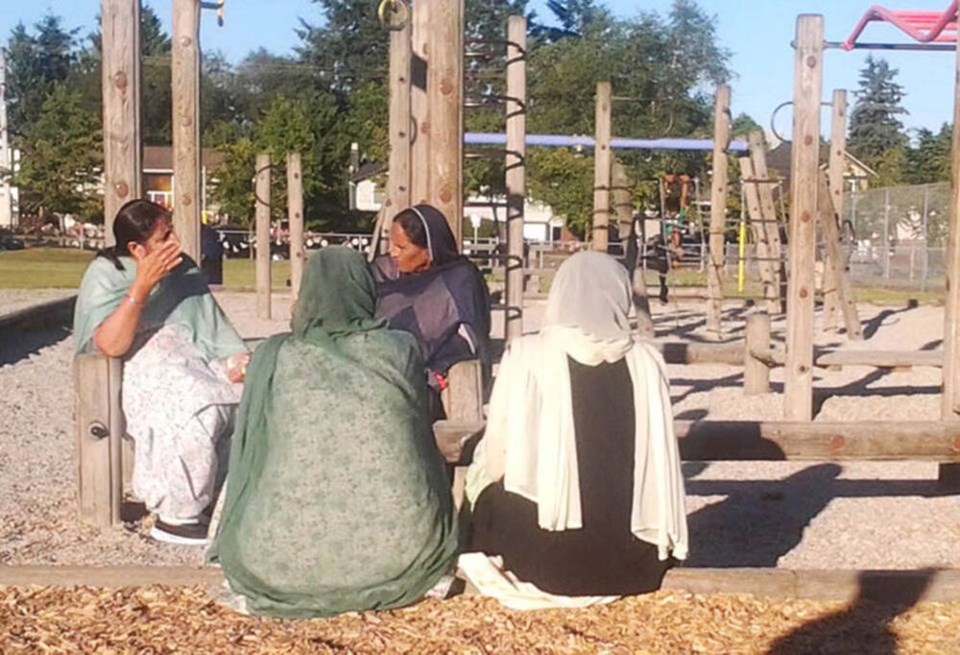The City of Delta has a survey underway to better understand the needs of its growing, diverse community.
Closing Nov. 6, the newcomer survey is aimed at finding out the unique needs and experiences of newcomer and racialized residents in Delta.
“With one third of Delta’s population being immigrants and nearly one half of its residents being racialized, Delta, similar to other Canadian cities, has become a more vibrant and culturally diverse community. Supporting our newcomer and racialized residents has been identified as one of the key priorities in Delta’s Social Action Plan,” the city notes in a news release.
A report to council earlier this year highlighted the latest Census figures and how they reflect the city’s evolving demographic in recent years.
The city’s population grew by 6.1 per cent from 2016 to 2021, reaching 108,455. North Delta’s population increased at a faster rate (8.5 per cent) than Ladner (3.7 per cent) and Tsawwassen (3.5 per cent).
North Delta now has 56 per cent of Delta’s total population.
The percentage of people in Delta identifying themselves as a visible minority has been growing as well, from 36,300 (36 per cent) in 2016 to 48,625 (45.3 per cent) in 2021.
North Delta is home to 78 per cent of Delta’s visible minority population, while the rest live in Ladner (13 per cent) and Tsawwassen (eight per cent).
South Asians made up the biggest segment at 27,990, up from 20,485 in the 2016 Census.
The next biggest segment of visible minorities in the 2021 Census were Chinese at 9,660, up from 7,685 in the 2016 Census. They were followed in the 2021 Census by Filipinos at 3,700, up from 2,655 in the previous Census.
Those listed as “not a visible minority” in Delta in 2021 stood at 58,645, down from 64,540 people in the 2016 Census. In Metro Vancouver, overall, the majority of residents now identify as a visible minority.
Meanwhile, Delta’s total immigrant population accounted for 33.1 per cent of the overall population in 2021, an increase from 31 per cent in 2016.
Recent immigrants (those who arrived between 2016 and 2021) made up 12.2 per cent of the total immigrant population. Most immigrants continue to come from India (46.8 per cent), but immigration from Syria saw the largest percentage increase from 1.2 per cent to 5.4 per cent.
Back in 2001, Delta’s population stood at just under 97,000. At that time, the “Canadian born” population of those surveyed was listed at 70,135, while the “foreign born” segment stood at 25,135.
By the 2021 Census, the “non-immigrant” population stood at 67,960, which was down over 1,000 people from 2016.
The survey can be found at: https://letstalk.delta.ca/inclusivedelta/survey_tools/newcomer-survey



